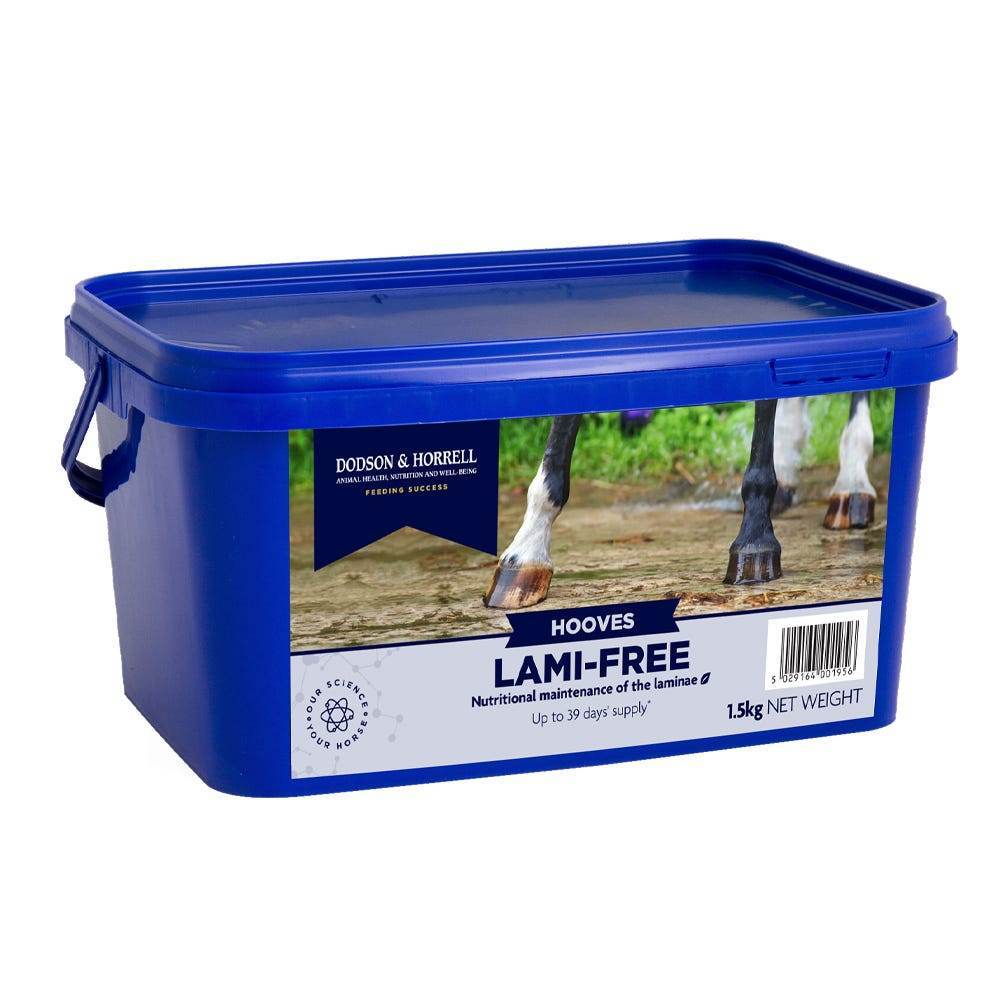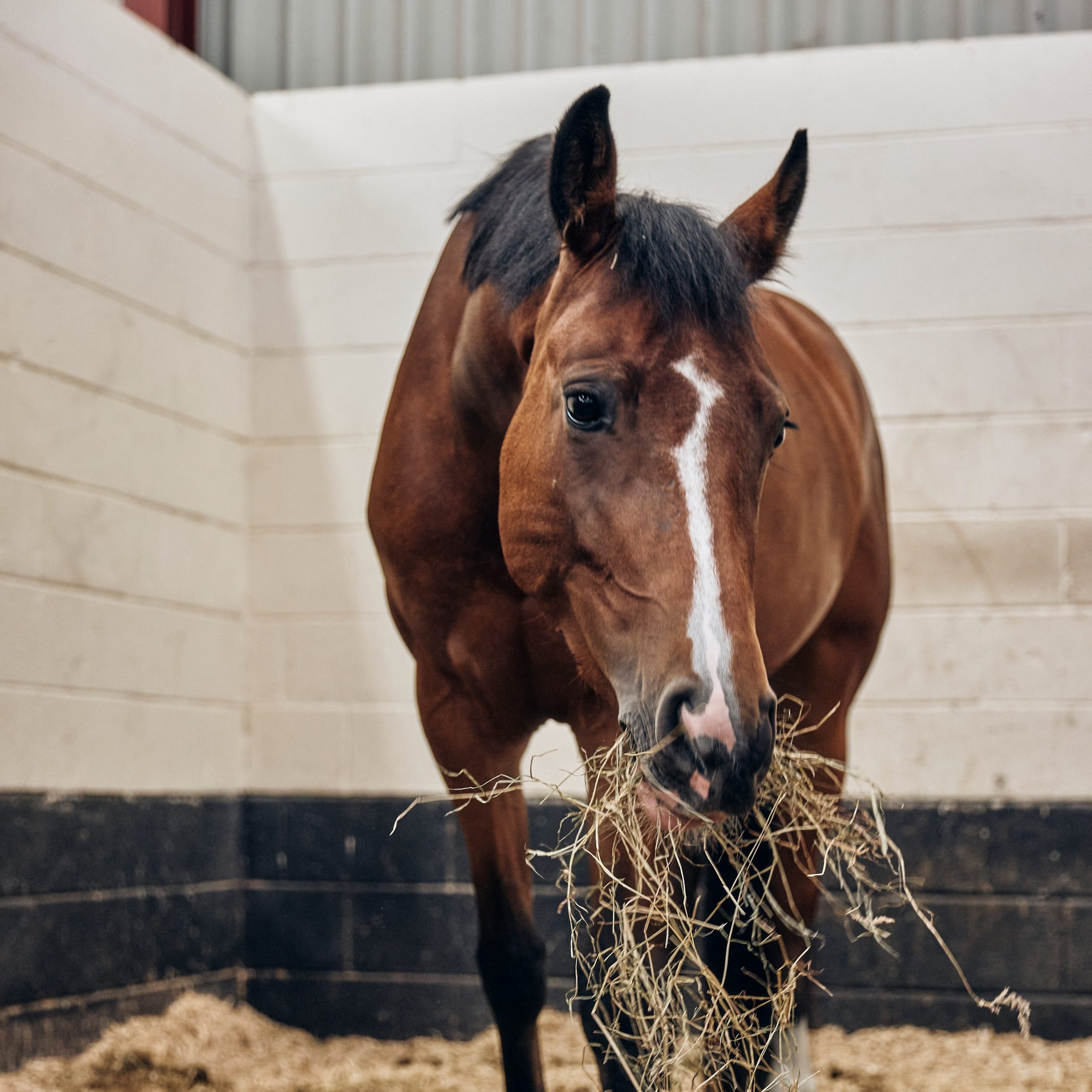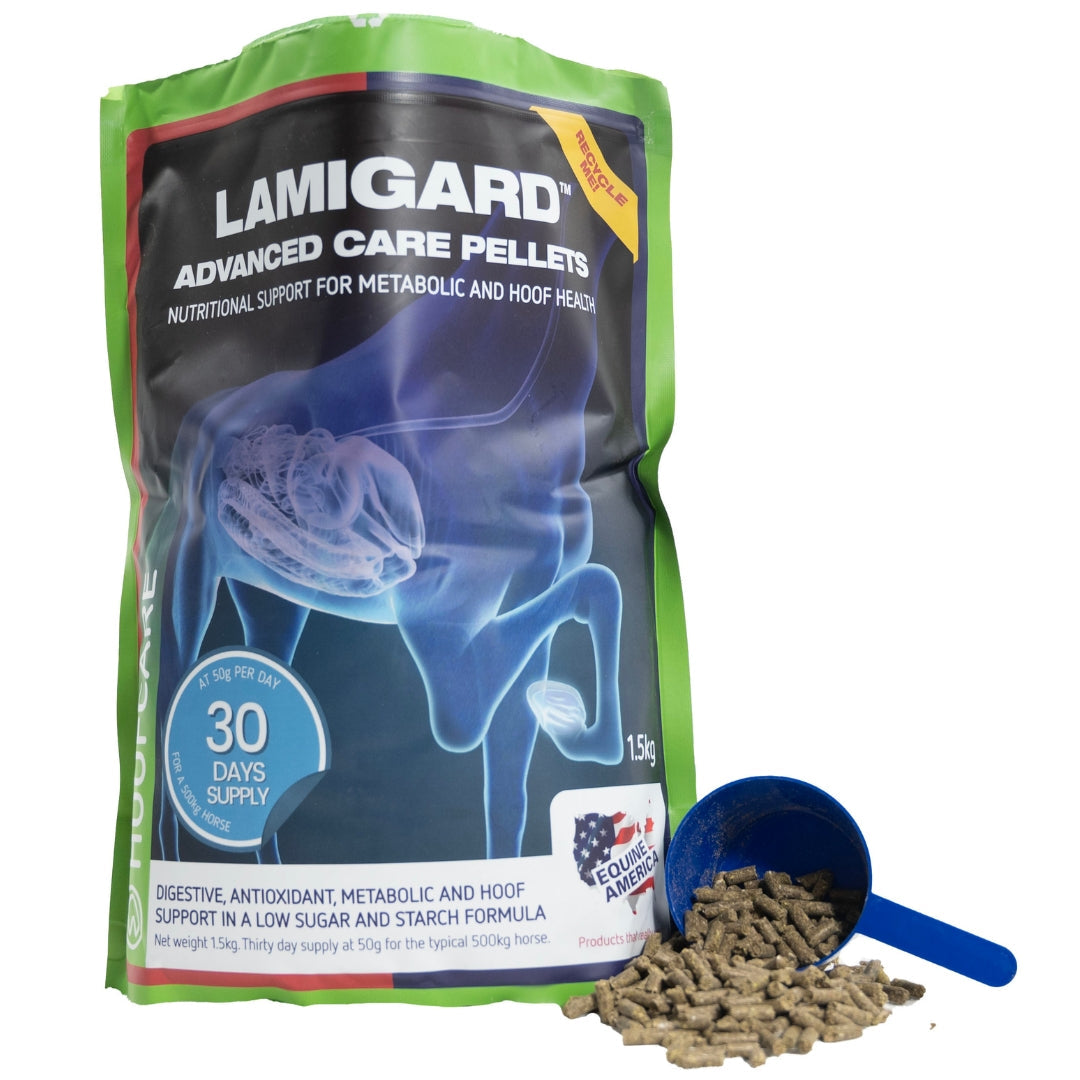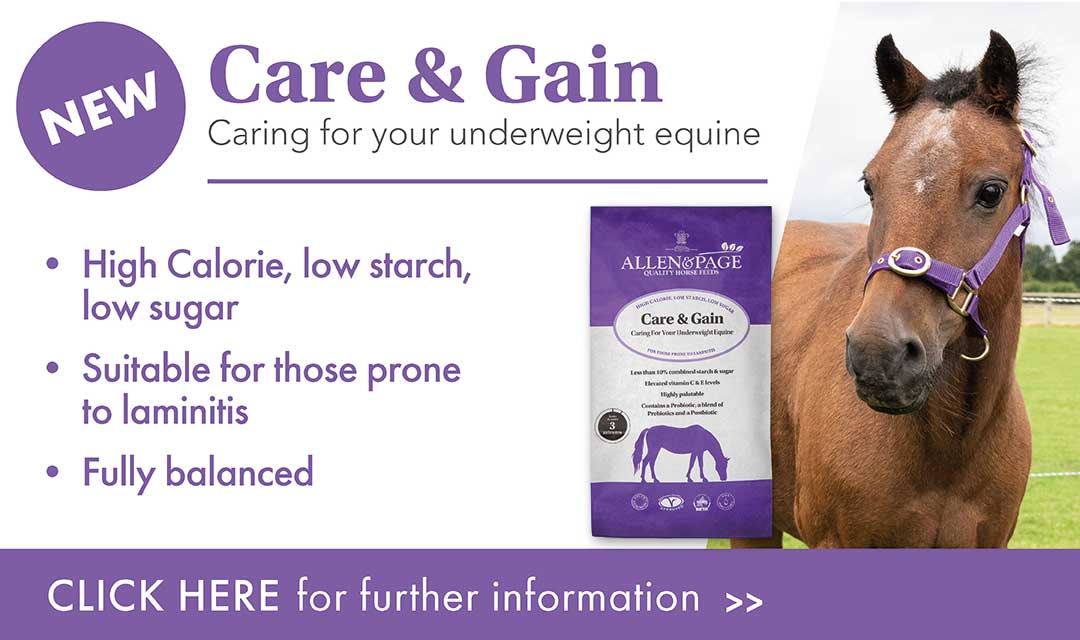How to Feed a Horse with Laminitis: A Detailed Guide

Laminitis is a painful and potentially debilitating condition affecting a horse’s hooves, often caused by inflammation of the laminae. Proper nutrition plays a crucial role in managing laminitis and supporting recovery. This article provides a comprehensive guide on how to feed a horse with laminitis, including dietary recommendations, feeding strategies, and common pitfalls to avoid.
Understanding Laminitis and Its Nutritional Implications

Laminitis results from various factors such as excessive carbohydrate intake, obesity, or metabolic disorders like Equine Metabolic Syndrome (EMS) and Cushing’s disease. These conditions can disrupt blood flow to the hoof and cause inflammation.
Nutrition management aims to reduce inflammation, control weight, and stabilize blood sugar levels to prevent further damage.
Key Nutritional Principles for Horses with Laminitis

- Low Non-Structural Carbohydrates (NSC): Limit sugars and starches to reduce the risk of laminitis flare-ups.
- High Fiber: Provide plenty of digestible fiber to support gut health and slow carbohydrate absorption.
- Balanced Protein: Ensure adequate but not excessive protein to support tissue repair.
- Essential Vitamins and Minerals: Supplement with biotin, zinc, and magnesium to promote hoof health.
- Controlled Caloric Intake: Prevent obesity by managing total calorie consumption.
Recommended Feed Types and Quantities
| Feed Type | Description | Recommended Amount |
|---|---|---|
| Low-NSC Hay | Mature grass hay with NSC <10% | 1.5-2% of body weight per day |
| Soaked Hay | Soaking reduces sugar content | Soak for 30-60 minutes before feeding |
| Chopped Forage | Easier to chew and digest | Adjust quantity based on appetite |
| Specialized Feeds | Commercial laminitis-friendly feeds | Follow manufacturer guidelines |
Feeding Strategies
- Frequent Small Meals: Feed smaller amounts multiple times a day to stabilize blood sugar.
- Avoid Grain and High-Sugar Treats: These can trigger laminitis episodes.
- Provide Constant Access to Fresh Water: Hydration supports metabolic health.
- Monitor Body Condition: Adjust feed based on weight and hoof condition.
Common Mistakes to Avoid
- Feeding high-NSC feeds or lush pasture during high-risk seasons.
- Overfeeding concentrates or treats.
- Ignoring signs of pain or worsening laminitis.
Frequently Asked Questions (FAQ)
Q1: Can I feed my laminitic horse alfalfa hay?
A1: Alfalfa is higher in protein and calcium, which may not be ideal for all laminitic horses. Consult your vet before including alfalfa.
Q2: How long does it take to see improvement with dietary changes?
A2: Improvement varies but can take several weeks to months depending on severity and management.
Q3: Are supplements necessary?
A3: Supplements like biotin and magnesium can support hoof health but should complement a balanced diet.
Conclusion
Feeding a horse with laminitis requires careful attention to diet composition, feeding frequency, and overall management. By focusing on low-NSC, high-fiber feeds and avoiding triggers, you can help your horse recover and maintain hoof health effectively.
For best results, always work closely with your veterinarian or equine nutritionist to tailor a feeding plan specific to your horse’s needs.
